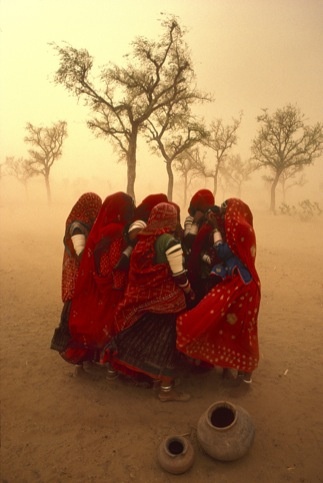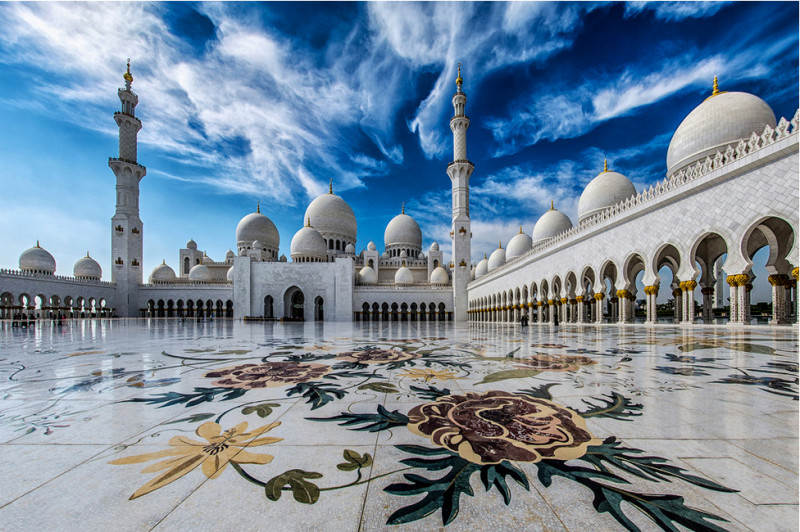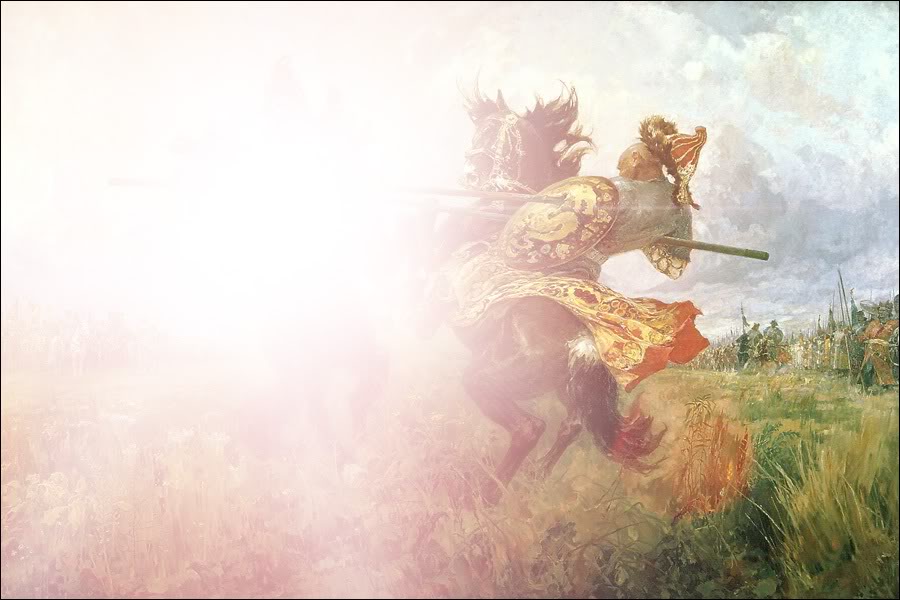beautiful scenery
25 Tips for taking perfect landscape photos
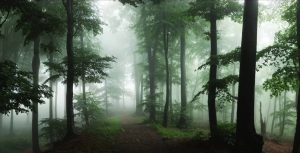 Although at first glance landscape photography may seem very simple, in fact it is much more than “point the camera – click the shutter”. The purpose of landscape photography is to convey the inner state, to express something more, and not just to show the landscape in front of you.
Although at first glance landscape photography may seem very simple, in fact it is much more than “point the camera – click the shutter”. The purpose of landscape photography is to convey the inner state, to express something more, and not just to show the landscape in front of you.
We see reality every day. That is why, in my opinion, landscape photography should not just reproduce it. Objects should not be in front of the viewer or take all the photos: the composition should lead the eye to the final point of the picture – the point of interest, your object.
Like any other art form, landscape photography has its own rules. It takes a lot of time to master the light, composition, choice of object for shooting, post-processing, and the final results will vary from person to person. Continue reading
5 reasons to buy an ultra wide lens
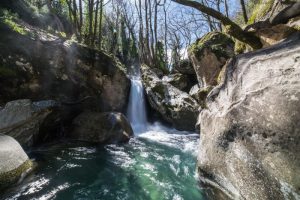 Super wide-angle lenses are a very specific class of optics, with their own features and fields of application. The effect they create is very difficult to replicate with other lenses or programs.
Super wide-angle lenses are a very specific class of optics, with their own features and fields of application. The effect they create is very difficult to replicate with other lenses or programs.
Lenses with a field of view of 90 or more degrees on the diagonal of the frame (that is, wider than those of the human eye) and a certain focal length are considered “super-widths”:
for cameras with APS-C matrix – from 15 mm and less;
for full-frame cameras – less than 24 mm.
Such optics is clearly associated with distortions – perspectives and geometry. Here, these lenses are divided into two classes: fisheye (fisheye) and rectilinear (without distortion). Continue reading
Where you can shoot, and where you can not
 publication in the media, posting on the Internet, printing on booklets, banners, etc. Accordingly, laws regulate these rights differently. And very often allowed to shoot, but prohibit or restrict distribution.
publication in the media, posting on the Internet, printing on booklets, banners, etc. Accordingly, laws regulate these rights differently. And very often allowed to shoot, but prohibit or restrict distribution.
The Constitution gives us the right to shoot almost anywhere: “everyone has the right to seek, receive, transmit, produce and distribute information in any legal way.” But there are a number of laws that restrict this right in specific cases.
Three “No”
You can immediately identify three areas when photography may be prohibited. All of them are connected with one condition: restriction of access to these areas. That is, you can remember: where you can not appear without permission, you can not take pictures. These three “no” looks like this:
objects related to state secrets (for example, military units, “secure” enterprises, etc.);
objects related to trade secrets (enterprises that use unique technologies protected by intellectual property laws); Continue reading

